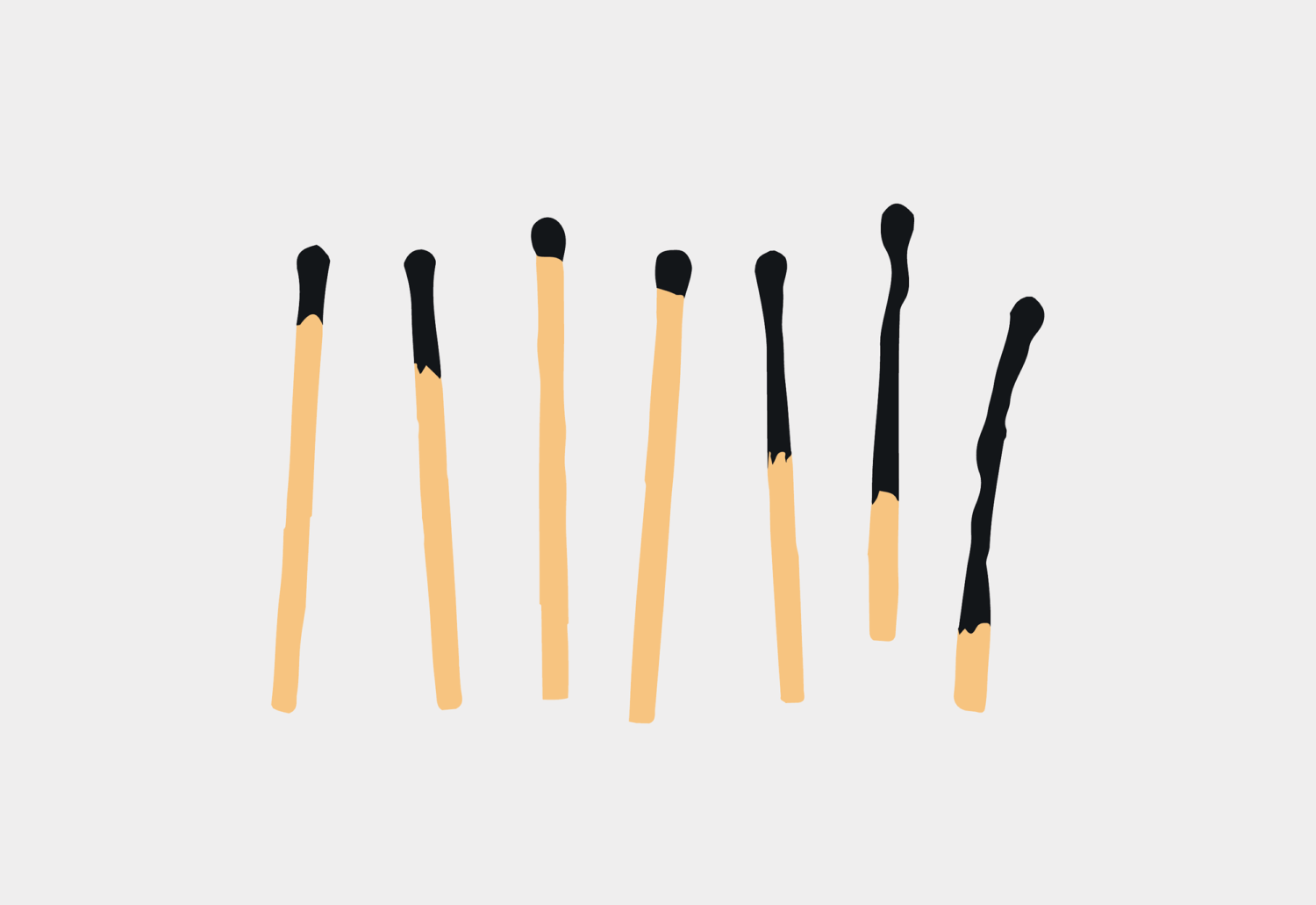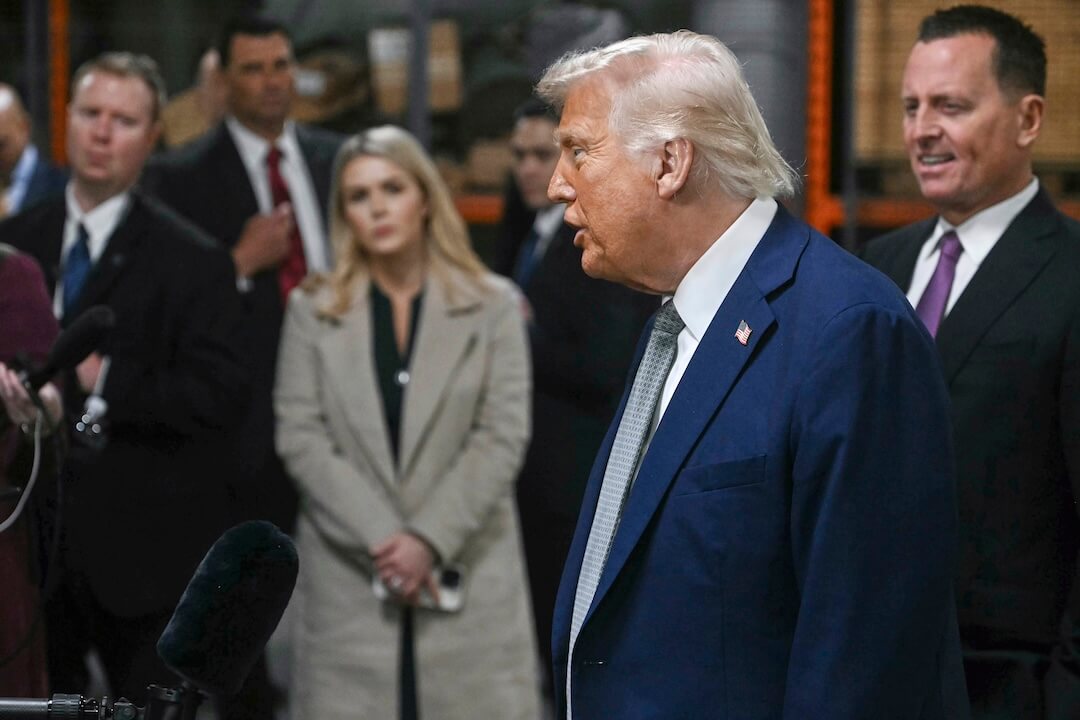Last week was World Press Freedom Day and this is Mental Health Awareness month. At first glance, these two might seem like strange bedfellows.
But after years of working at the intersection of media freedom and safety, I’m convinced there can be no free press unless journalists are able to do their jobs safely, and that safety needs to be seen more holistically. It’s no longer enough for us to think about it through the prism of physical security.
This year, it’s become patently clear our industry and individuals within it are struggling and that we must do more to support the mental health of journalists.
In the past month, I’ve facilitated conversations with colleagues from all levels of the industry and internationally. They are wobbling under the weight of more than a year of reporting the pandemic, managing newsrooms remotely and worrying about colleagues in India and Brazil who have fallen sick or who have lost relatives. They are concerned about how to cope with a surge in online abuse and relentless misinformation.
Our industry has a culture in which we often thrive in stressful situations, in which we seem to rail against the 9-to-5, in which normal is boring and certainly doesn’t make the news. This kind of culture means the boundaries of what constitutes stress and calm are blurry, where adrenaline-fueled experiences are often par for the course and the line between doing and overdoing is also open for negotiation.
Journalists are resilient, but as my friend and colleague, neuropsychiatrist Professor Anthony Feinstein often reminds me, it doesn’t mean they are immune.
I also know that the macho culture of our industry means that many find it hard to admit vulnerability, particularly those who have been historically marginalized.
I fear that resilience is wearing thin, as if it were a frayed piece of elastic, and that we must take urgent steps to support our colleagues so they can build their resilience.
I’ve noticed a rise in colleagues stepping away from their work, some of them standing down from jobs because they are exhausted, or burnt out. It doesn’t bode well for our industry.
[the_ad id=”667826″]
The past year has shone a light on the need for more conversations around mental health, but too often, news organizations are not taking the issues seriously enough. Of course, some are, and others are starting to do so, but it feels a little bit like they might only truly consider it a priority when tragedy strikes. Too often we saw that in physical safety, that only when journalists were killed or badly injured, was the message taken seriously. Only then did organizations really take on board the fact it was bad for business and affected their reputations, headlines and their bottom line. Many newsrooms are still quite simply not recognizing the human cost, even as they tighten their belts and fail to consider the financial implications of mental health, they are reluctant to invest proactively in the conversations.
For too long there has been a sense that journalists were invincible, immune.
It’s been fueled in part by the work-all-hours, never-disconnect culture of the media, the environment that seems to thrive off a you-snooze-you-lose mentality by managers who sadly model behavior that is a thinly veiled mask of coping. Ours is a culture where we often joke that good journalists don’t necessarily make good managers. It’s no joke.
Yes, there is a risk of missing a breaking story, but is there not a more vital risk that the story breaks the journalist? I recognize that organizations are strapped for resources, that budgets and funding are tight, that job security is difficult to promote, but when a manager tells me they can’t advise their journalists to switch their phone off at night, what message is that actually modeling? Sure, we can be on call, but we cannot be on call all the time.
So, how do we take proactive steps to shore up the mental health of our colleagues, to support them to take seriously the issues that are impacting their emotional well-being and those of their teams? When we send journalists into traditional hostile environments like conflict, disaster and civil unrest, good practice tells us that we carry out a risk assessment; work with individual journalists or teams to understand their responsibilities; consider their perspectives and needs; ensure we have a contingency plan; provide adequate training, insurance, tools and equipment for them to stay safe; put in place support for them from pre-deployment to after their return; and ensure they have a sense of what they are likely to be exposed to and a space for reflection and decompression afterward.
We can learn from this good practice for how we manage risk with regard to mental health. Perhaps it’s harder to separate the personal and professional strands of psychological risk, that emotional burdens from home might bleed into work and vice versa.
[the_ad id=”667872″]
After the work I did at the International News Safety Institute, I started using the term “emotional flak jacket,” to explain my belief in how we should address psychological safety. No media organization that takes seriously their responsibility to their journalists as employers and human beings should be sending someone to cover a war without body armor, without carrying out a risk assessment, without adequate training. No responsible media organization should be expecting a journalist to cover a war zone day in, day out without respite.
Yes, there are differences between situations of acute and life-threatening violence of the kind some of our colleagues cover on the front lines and the insidious, chronic, drip-drip effect of trauma and stress. But they are not mutually exclusive. In today’s media industry, we need to consider both.
We can learn from our practices in physical safety for those expected to cover stories and circumstances that might impact their mental health.
Of course, the conversation is complicated. Often we may not know how people might be affected by what they experience, and we haven’t always gotten it right in physical safety, either, particularly because it’s not been as inclusive a conversation as it might have been. But that’s not an excuse to absolve people of responsibility, either as organizations or individual journalists themselves.
So too I know that different organizations have different levels of resources, with some benefitting from entire safety departments, while others rely on the responsibility for risk falling informally under the umbrella of someone who usually has a dozen other jobs.
For me, that “emotional flak jacket” is about investing in promoting and strengthening people’s resilience, about providing them with the safety tools and learning they need, creating a culture of belonging based on trust at all levels of an organization so people can share their own experiences safely, with the relevant support and recognition of responsibility they need to do their jobs well and to feel well in doing so.
It’s not good enough to wait for something awful to happen. Awful things are happening. We are losing talented people. We need to work proactively to build resilience. To give people the tools they need. You wouldn’t send a construction worker to work without a hard hat, ropes or scaffolding. You wouldn’t allow a long-distance trucker to drive for longer than is safe.
We are resilient, yes, but we don’t need to be risky.
[the_ad id=”667878″]
This article was originally published on May 14, 2021.







